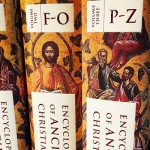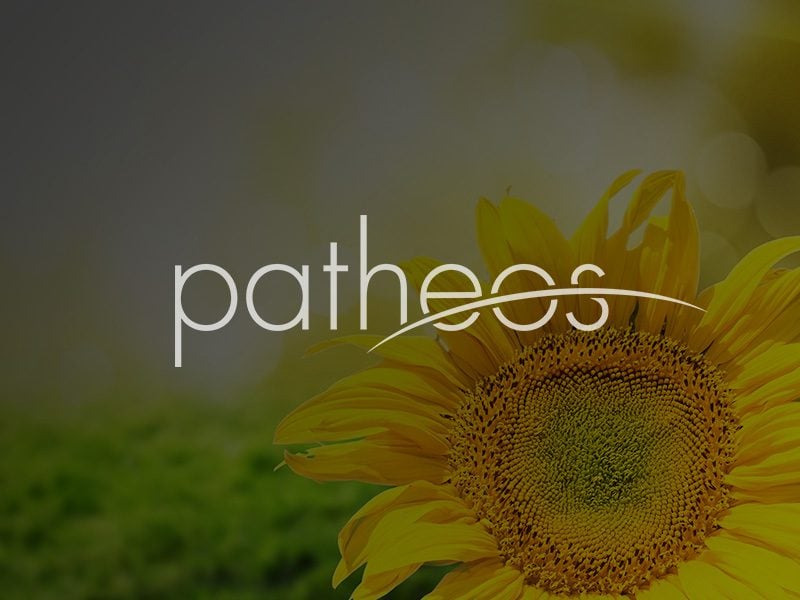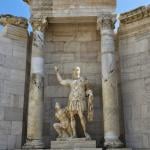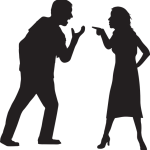
The Gospel Coalition is offering a four-year reading list to point evangelicals to “some of the key texts that have shaped the movement and its current leaders, and offer an historical sense and context to the current movement. . . .”
There are some very good and useful books on the list, but I want to offer some supplemental texts. Up front let me say that these are not texts that have shaped evangelicalism. Rather, they are meant to fill a significant time gap in the GC list, which jumps from Augustine to Martin Luther. That chasm represents more than a thousand years of lost or ignored church history and doctrine.
With that in mind, here are five books from the period that I think would prove edifying for Christian readers of all traditions.
1. John Climacus (c. 579-649), The Ladder of Divine Ascent. A guide for monks but applicable to any Christian pursuing a deeper spirituality. It’s available in the Classics of Western Spirituality series as well as in an edition from Holy Transfiguration Monastery.
2. Bede (c. 672-735), Ecclesiastical History of the English People. Provides a picture of Britain from the time of Julius Caesar through the early years of the eighth century, detailing the Christianization of the culture. There are many editions. I’ve got Penguin’s Sherley-Price edition.
3. John Damascene (c. 676-749), An Exact Exposition of the Orthodox Faith. One of the first systematic theologies. Part of a larger work called The Fountain of Knowledge. It’s available in the second series of the Nicene and Post-Nicene Fathers collection (No. 9), as well as the Fathers of the Church collection (No. 37).
4. Symeon the New Theologian (949-1022), Divine Eros. Beautiful and poetic, the hymns collected here are beneficial for devotional and doctrinal reading. Available in the Popular Patristics Series (No. 40).
5. Gregory Palamas (1296-1359), The Triads. An exploration of how man relates to God and a defense of contemplative prayer as a means of accessing God. It’s available in the Classics of Western Spirituality series.
There are of course dozens more books that could be read to shine light on the period, but these books will provide a sense of the thought at the time and hopefully some links of continuity to contemporary Christian practice and experience. Just as helpful for a contemporary reader will be to notice the discontinuities.












